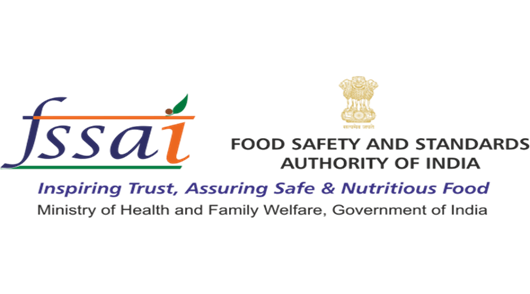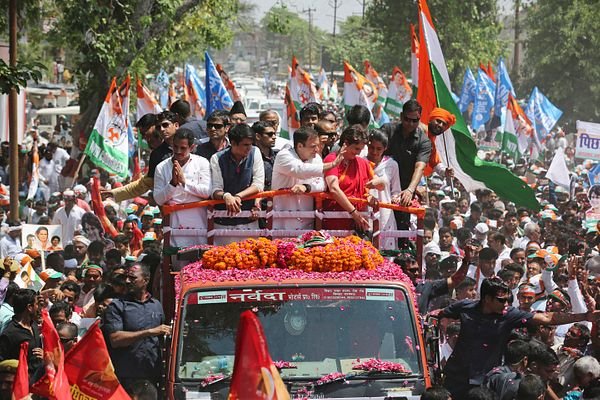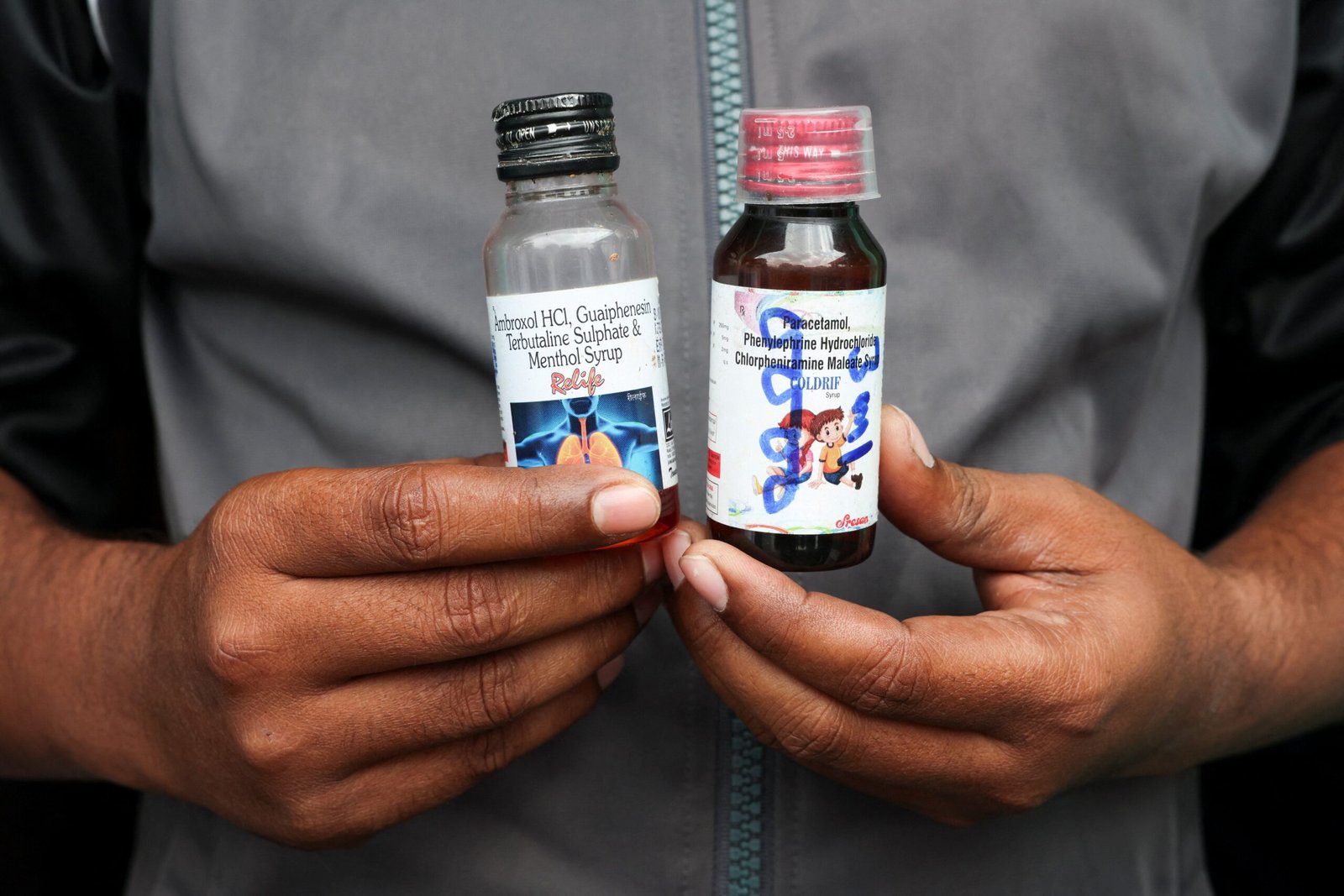Latest Context
Recently, a study conducted in Sangli (Maharashtra) on 43 women participants to evaluate the effectiveness of tea fortification with folate and vitamin B12 to address anaemia and prevent neural-tube defects (NTD) in children is riddled with problems.
Benefits of Tea Fortifications
- Fight Anaemia and NTDs: Fortifying tea with folate and vitamin B12 may help to fight anaemia and NTDs in Indian women. For examples, adding iron to tea can help combat iron- deficiency anaemia.
- Folate and Vitamin B12 are helps in the production of red blood cells (RBCs) in the body.
NTD causes due to deficiency of folate.
- Cost-Effective: Fortifying tea with essential nutrients can help prevent nutrient deficiencies, which can lead to reduced healthcare costs and improved quality of life for individuals.
- Sustainability: it can also have sustainability benefits. For example, adding iron to tea can reduce the need for iron supplements, which can have environmental impacts due to the extraction and manufacturing processes.
Challenges with Tea Fortification
- Limited Cultivation: Four major tea producing states of India are West Bengal, Assam, Tamil Nadu and Kerala.
- Poor Infrastructure: Lack of infrastructure for processing and packaging of fortified tea in India. There is also a poor transportation and storage infrastructure.
- Dietary Constraints: More than half of the Indian population lives in rural villages where cereals grain is more consumed. Many of them are not familiar with the fortifications of tea and its health benefits.
- Regulatory Requirements: There may be regulatory requirements for the fortifications of tea.
Key Points of Food Fortification

- Food Fortification: It means deliberately increasing the content of essential micronutrients in a food so as to improve the nutritional quality of food and to provide public health benefits with minimal risk to health.
- Rice: Department of Food and Public Distribution (DFPD) run “Centrally Sponsored Pilot Scheme on Fortification of Rice and its distribution through Public Distribution System”. It was initiated for a three-year pilot run from 2019-20 and rice will be distributed at the rate of Rs 1/kg.
- Wheat: Fortification of wheat announced in 2018 and came under India’s flagship Poshan Abhiyaan to provide nutrition among children, adolescents, pregnant mothers and lactating mothers. It is implemented in 12 states.
- Edible Oil: In 2018, Food Safety and Standard Authority of India (FSSAI) has made compulsory fortification of edible oil with vitamins A and D in India.
- Milk: National Dairy Development Board of India (NDDB) was initiated the fortification of milk by inspiring companies to add ‘vitamin D’ in 2017.
Significance of Food Fortification
- Population-Wide Health Improvement: By adding essential vitamins and minerals to commonly consumed food, fortification can improve the nutritional status of the population and reduce the risk of related health problems.
- Convenience and Accessibility: Fortified foods can offer convenience and accessibility to individuals who may not have access to a varied or nutritious diet.
- Cost-Effective Intervention: Food fortification can reach a large proportion of the population at a relatively low cost.
- Sustainability: It can also have sustainability benefits.
- Note: The Copenhagen Consensus estimated that every 1 Rupee spent on fortification results in 9 Rupees in benefits to the economy.
Challenges of Food Fortification
- Cost: Fortifying foods can be expensive, particularly for small-scale producers or processors.
- Technical Issues: The fortification process also requires specialised equipment and expertise, which may not be available in all settings.
- Regulation: There may be regulatory barriers to the fortification of certain foods or the use of certain fortificants.
- Monitoring and Evaluation: It depends on the accuracy and reliability of monitoring and evaluation system
Some Measures Related to Tea Fortification
- Government Intervention: Government can introduce policies and regulations that helps in promoting tea fortification.
- Promoting Industry Involvement: Tea manufacturers can lead in promoting tea fortification by investing in R&D and introducing fortified tea products to the market.
- Consumer Awareness and Education: To educate consumers about the benefits of fortified tea and address any concerns related to taste, texture, or appearance.
- Provide Logistics: To introduce robust logistics system in India to implement tea fortification on a large scale.






